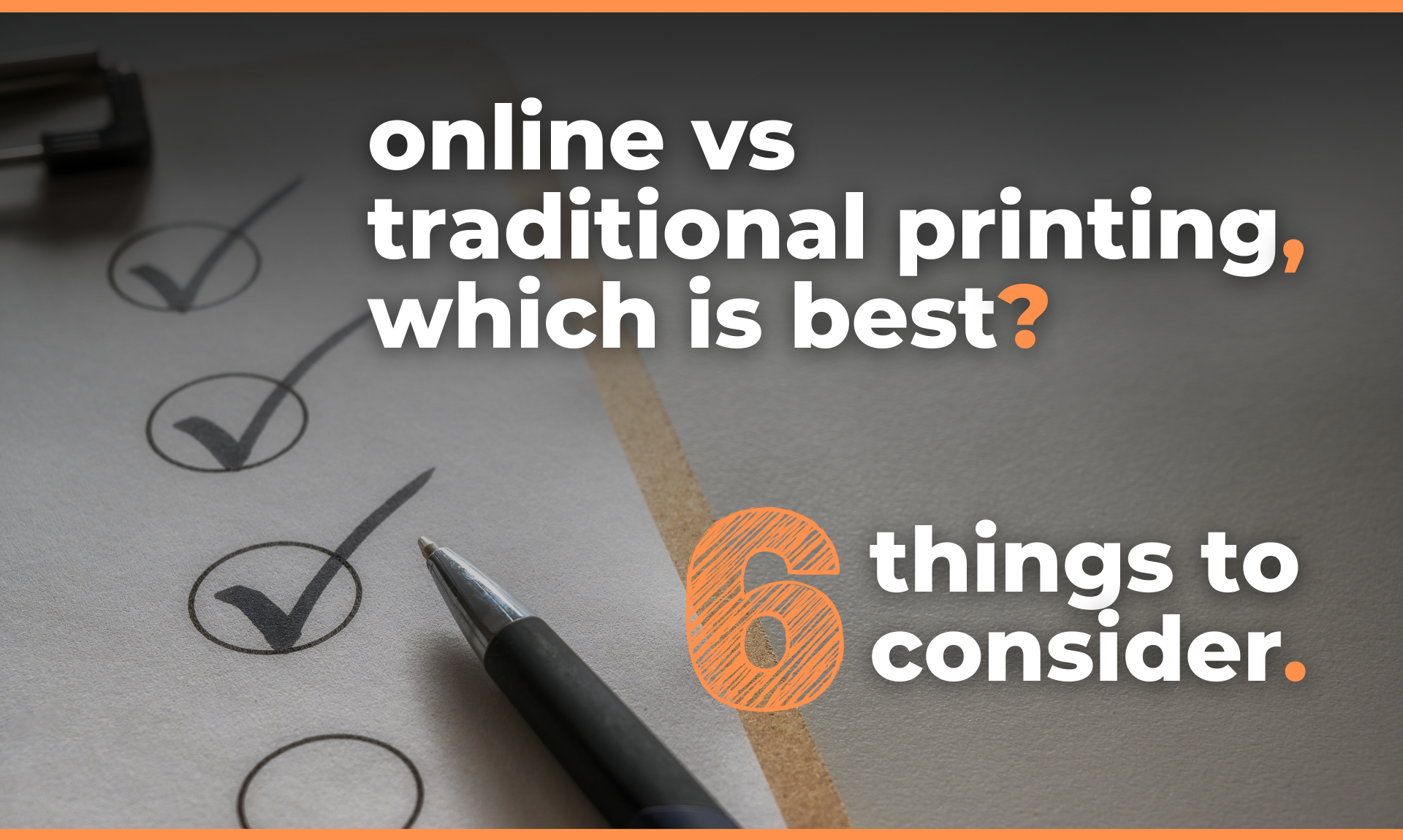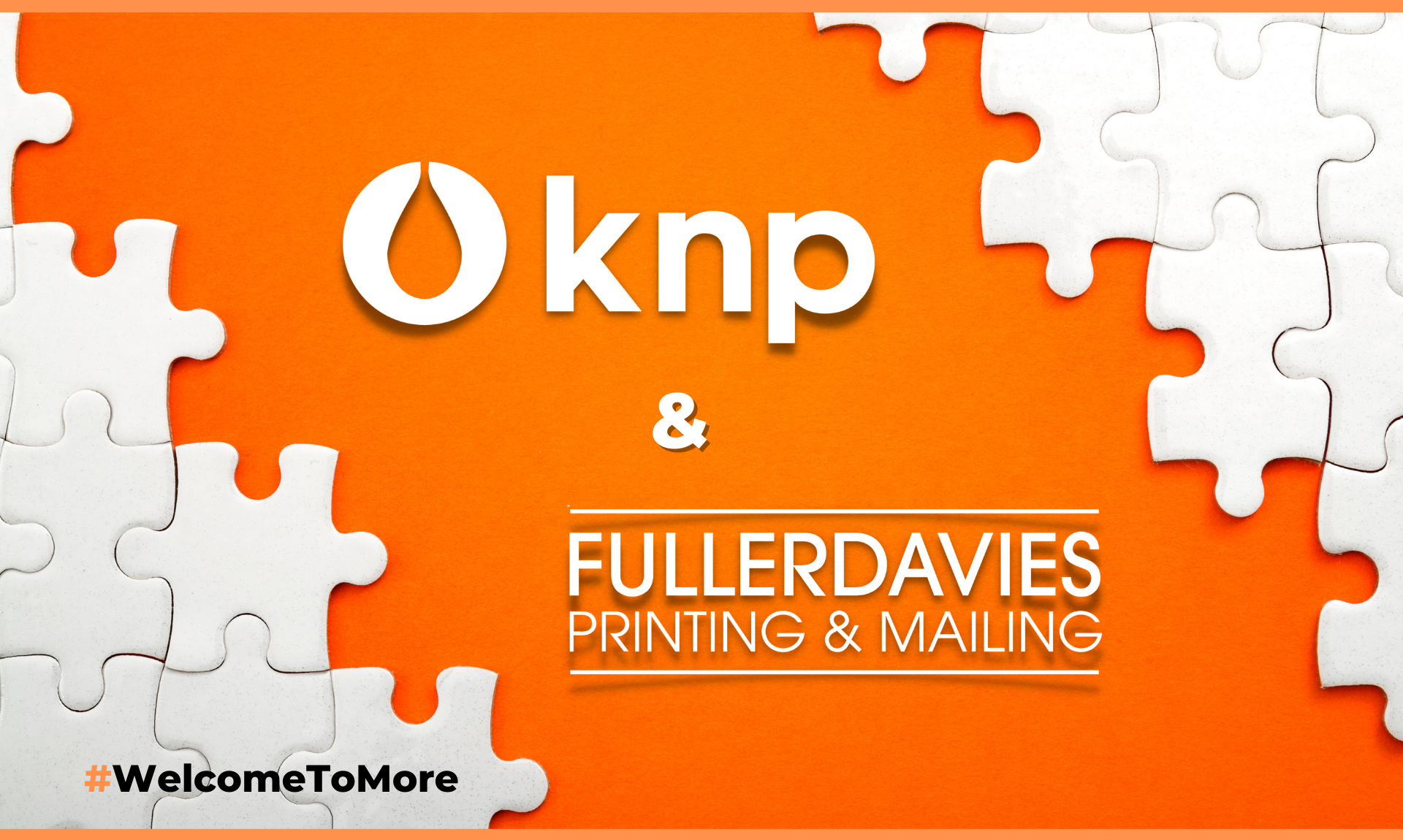When you get into a conversation about direct mail and fulfilment, it can seem like a complicated area with lots of terms to get your head around. So we thought it’d be a good idea to do our own ‘mailing terms explained’ article.
So let’s get going explaining what some of the words or phrases you hear actually mean, give you a bit of extra knowledge to make it all make sense, and help you get the most from your next direct mail campaign.
Mailing terms explained.
Merge
To merge, or merging, is the process of combining two or more data sets to create one combined list to use in your mailing campaign. This could also mean combining data with a text document to create a print file.
Dedupe
Dedupe, or deduplication to give it it’s full name, is the process where identical entries are checked and removed from a data set such as a mailing list to avoid the entry receiving the same direct mail more than once.
Suppression
Suppression (of data) refers to the removal of any records from a database. It’s done by comparing data against a ‘suppression file’, enabling your mailing data that matches data in the suppression file to successfully be removed or updated. Data can also be suppressed using industry suppression files like Mailing Preference Services (MPS) or the Bereavement Register. We have access to all up-to-date suppression files used within the industry.
Seeds
A list of names and addresses that are added to the database for a direct mail campaign. Adding seeds such as yourself or other key people allows you and the others you add to receive the your direct mailing. This enables you to keep up to date with the campaign and track delivery time.
MPS
The Mailing Preference Service (MPS) is a free service provided to UK consumers so they can request to have their name and home address removed from direct mail lists by suppressing their data against databases for mailing.
PPI
Printed Postage Impression (PPI) is a pre-printed alternative to the traditional stamp or franking mark. PPI’s are used when recording and registering work through an online business account with the Royal Mail, or sending work via a DSA (them again) supplier. PPI’s can be used for both UK and international mailings and discounts are available on many services that use them.
VRD
Volume Related Discount, is a percentage discount applied by Royal Mail dependent on the volume of mail sent each day. These discounts only apply to Royal Mail postage and not Down Stream Access.
DSA
Down Stream Access. You might hear this in conversation with your print and mail partner. DSA is a company that collects mail from mailing houses and delivers it into Royal Mail further down the pipeline. DSA receive a discount from Royal Mail for doing so, and pass on some of the discount provided by Royal Mail to the client.
PAF
The Postcode Address File (PAF) is Royal Mail’s file of all correct postal addresses in the UK. It’s kept up to date by postal workers on a daily basis and contains:
- 30 million UK residential and business delivery addresses
- 1.7 million UK postcodes
- 1.4 million business names.
Schedule 17 Agreements
An agreement between a client, the DSA provider and Royal Mail to charge less VAT on postal services. Although not completely VAT free, work is billed through a non-VAT part of Royal Mail. So the client only pays VAT on the DSA provider’s part of the cost. This agreement can only be used by organisations such as charities, insurance companies and professional bodies. It can’t be used by companies liable for VAT. To benefit from Schedule 17, agreements must be set up directly between yourself and the DSA provider.
Was that useful?
There you go. Hopefully that did a good job when it comes to mailing terms explained. And it helped shed some light on the terms you may hear or might have come up against in the past. If there’s still something you’d like to understand more about, or another term you’d like to know the answer to, just ask us, we’d be more than happy to chat.
You can also find out more about our mailing services here. And if you need any specific help planning your next direct mail campaign, give us a shout, we’d love to help you out.







